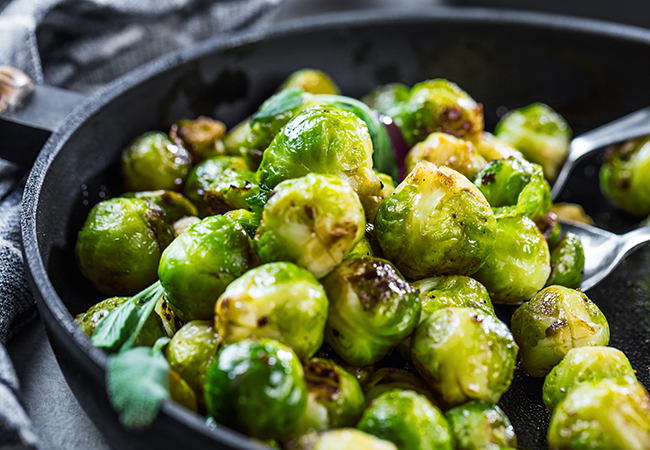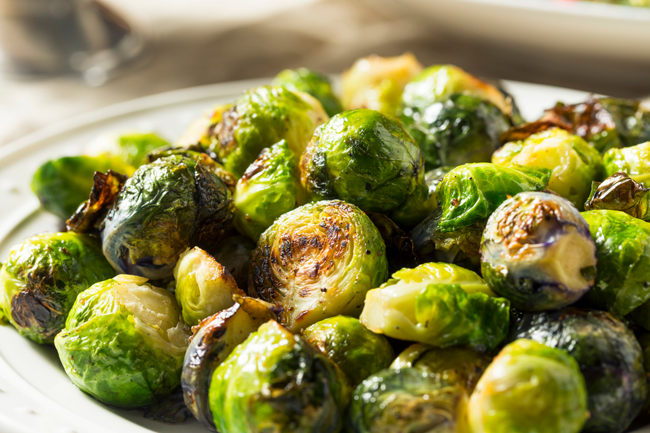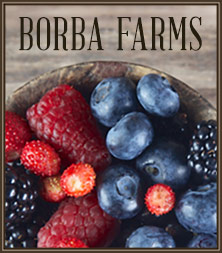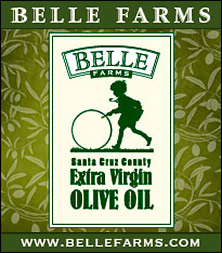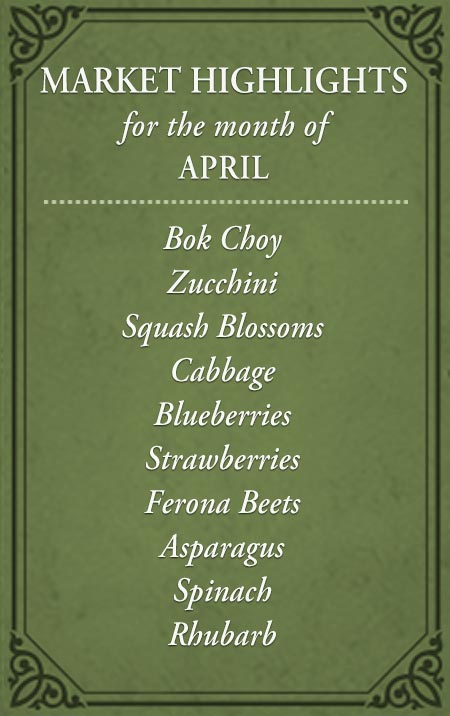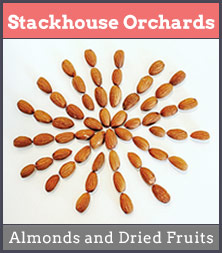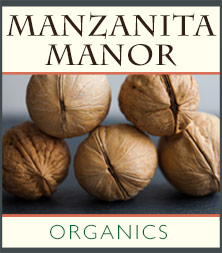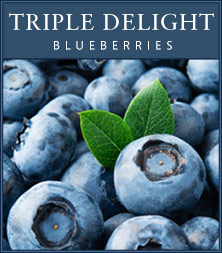Brussels sprouts are one of those vegetables that spark strong opinions—but when prepared well, they can be absolutely delicious. Blanching is one of the simplest, most useful techniques to bring out their best flavor and texture. Done correctly, it keeps the sprouts vibrantly green, tender without being mushy, and ready for everything from caramelized side dishes to refreshing salads.
Whether you plan to serve them warm with just a touch of seasoning or chill them for a composed salad, blanching is the first step to mastering Brussels sprouts. Here’s how to do it, plus some variations and chef’s tips.
INGREDIENTS:
1 pint Brussels sprouts (10–12 ounces)
3–4 quarts water
2 tablespoons salt (for blanching)
2 tablespoons salt (for ice bath)
2 quarts water + ice (for ice bath)
METHOD:
Trim the stem ends with a sharp knife, remove any loose or discolored outer leaves, and cut each sprout in half through the stem.
In a large pot, bring 3–4 quarts of water and 2 tablespoons salt to a rolling boil. Using plenty of water ensures the boil won’t be lost once the sprouts are added.
While the water heats, fill a large bowl halfway with ice. Add 2 quarts of cool water and stir in 2 tablespoons salt until dissolved. The water should be very cold—this will stop the sprouts from overcooking.
Add the sprouts to the boiling water. Cook 3–4 minutes, until they turn bright green and lose their raw edge. For sprouts you’ll serve right away, let them go closer to 5 minutes until fully tender. For sprouts that will be caramelized or sautéed later, remove them once they just change color.
Drain the sprouts and immediately transfer them to the salted ice bath. This halts the cooking and locks in color and texture. When cold, drain thoroughly.
At this point, your Brussels sprouts are ready to use in any number of recipes.
CHEF’S NOTES AND VARIATIONS:
-
Serve as a salad: For a cold dish, blanch the sprouts almost until done, then cool briefly in the ice bath. While still slightly warm, toss with cold vinaigrette and a pinch of coarse salt. The sprouts absorb the dressing as they finish cooling, giving them great flavor.
-
Caramelized sprouts: Toss blanched sprouts with a drizzle of oil and a pinch of sugar, then sauté in a hot pan until edges are browned. For a savory version, use stock and butter instead of sugar.
-
Braise: Add blanched sprouts to a braise about 7–10 minutes before serving, just long enough to heat through and absorb flavors.
-
Flavor twists: After sautéing, deglaze the pan with balsamic vinegar, white wine, or even fruit vinegar. Try pairing with dried fruit and nuts—like raspberry vinegar with cranberries and almonds—for an unexpected, delicious side.
WHY PLENTY OF WATER MATTERS
The key to good blanching is using enough water to maintain a rapid boil. If too little water is used, the temperature drops when the sprouts go in, and instead of blanching, you end up slow-cooking. That’s when sprouts turn soggy, gray, and sulfurous. This principle holds true for pasta, too—ample boiling water ensures even cooking and great texture.
Blanching is simple, but it makes all the difference. Once you’ve tried Brussels sprouts this way, you’ll never think of them as dull or bitter again. Instead, they become a versatile canvas for countless flavorful variations—bright, tender, and ready for your table.



